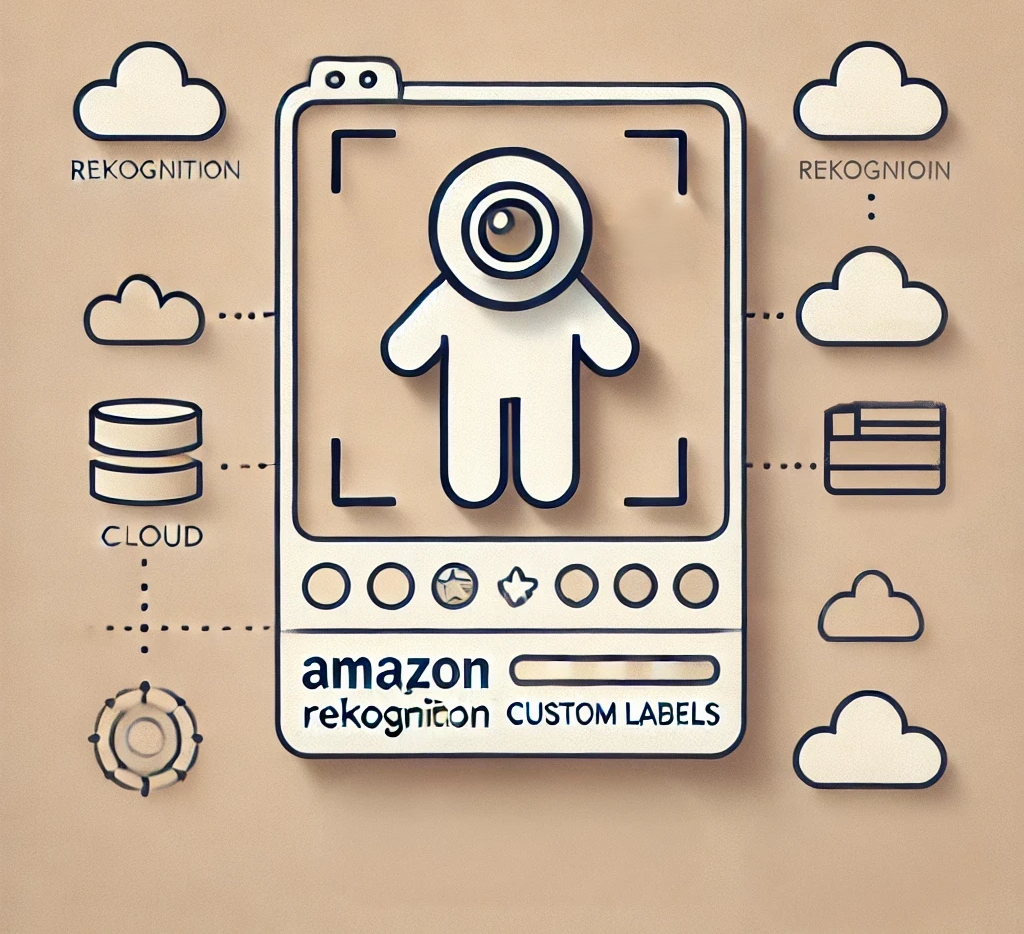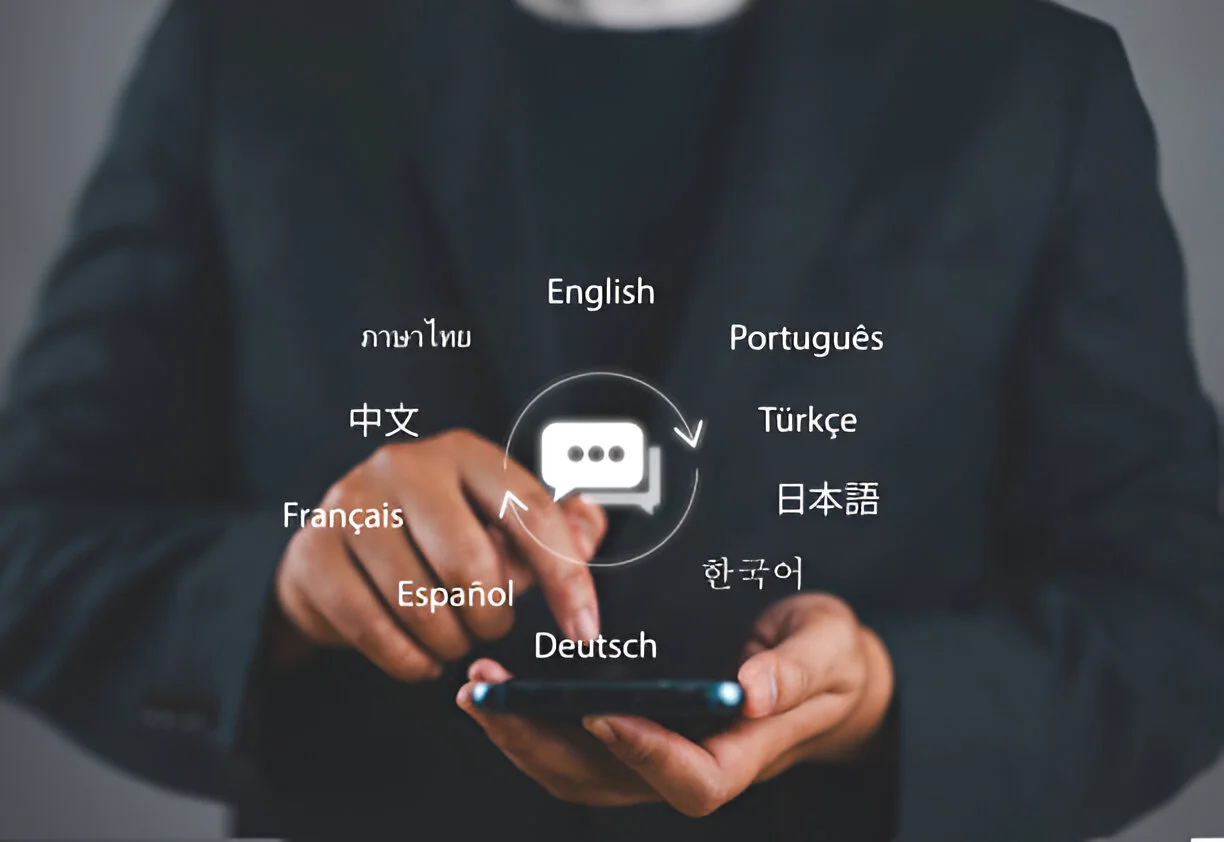Creating an identity for a brand is an important part of any business strategy. You want your brand to be easily recognized by others. At Serverless Guru we have an awesome and good-looking brand identity. One key component of that brand identity is the “SG Mascot”, which is easily recognizable and is visually appealing. It has a unique style in its drawing and colors.
.png)
The purpose of this blog post is to showcase a “custom logo detector”, that is capable of analyzing photos uploaded by people, reviewing those images and detecting if the “SG Mascot” is present in the image or not.
Imagine hosting a global event where hundreds of attendees send pictures of the event through a web application. The system will identify the ones that match the “SG Mascot” and offer, for example, some sort of ticket to a raffle or something similar. While it can be done manually and review each image one by one, it wouldn’t be such a scalable process. And since we have access to so many amazing and easy-to-use AI tools, why not automate the process?
After a bit of research, I found Rekognition Custom Labels. Since I have used Amazon Rekognition a few times in the past, I’m more or less familiar with the interface. This API allows you to identify different custom objects based on your own specific needs. All you need is a dataset to train the custom labels you want and then do inference on the resulting model!
Model Training
Preparing the Dataset
First, to train a good model that can detect the mascot accurately, we need a good dataset of images. Since this is a classification model, it’s enough to know if the SG Mascot is detected in a picture or not. So we need images that contain the mascot but also images that don’t contain the mascot to teach the model what not to detect.
- Positive Examples: Images with the mascot
- Negative Examples: Images without the mascot
For the “Negative Examples”, I recurred to the COCO Dataset, which is a large, open dataset of images for machine-learning purposes. “COCO is a large-scale object detection, segmentation, and captioning dataset.“
.png)
For the “Positive Examples”, I manually gathered some images that I found for the SG Mascot. With this approach, I could only gather 13 different images of the “SG Mascot”. Since this is not enough to build a good model, I recurred to augment the dataset by generating new images from the exiting images. I did so by doing the following
- Rotating images
- Adjusting brightness and contrast
- Scaling the mascot to smaller or larger sizes
This will give a larger set of images for the “Positive” scenarios, resulting in a model that’s more robust and able to identify the SG mascot under different conditions.
After a bit of help from chatGPT, I executed the following script which was suggested by it:
const sharp = require('sharp');
const fs = require('fs');
const path = require('path');
const inputDir = './positive_images';
const outputDir = './augmented_images';
// Ensure output directory exists
if (!fs.existsSync(outputDir)) {
fs.mkdirSync(outputDir, { recursive: true });
}
// Augmentation settings
const rotations = [15, 45, 90, 180]; // Degrees to rotate
const scales = [0.5, 0.8, 1.2, 1.5]; // Scale factors
const brightnessFactors = [0.5, 1.5]; // Brightness adjustments
// Augment a single image
async function augmentImage(filePath, fileName) {
const img = sharp(filePath);
// Apply rotations
for (const angle of rotations) {
const outputPath = path.join(outputDir, `rotated_${angle}_${fileName}`);
await img.rotate(angle).toFile(outputPath);
console.log(`Generated: ${outputPath}`);
}
// Apply scaling
const metadata = await img.metadata();
for (const scale of scales) {
const width = Math.round(metadata.width * scale);
const height = Math.round(metadata.height * scale);
const outputPath = path.join(outputDir, `scaled_${scale}_${fileName}`);
await img.resize(width, height).toFile(outputPath);
console.log(`Generated: ${outputPath}`);
}
// Adjust brightness
for (const factor of brightnessFactors) {
const outputPath = path.join(outputDir, `brightness_${factor}_${fileName}`);
await img.modulate({ brightness: factor }).toFile(outputPath);
console.log(`Generated: ${outputPath}`);
}
}
// Process all images in the input directory
async function processImages() {
const files = fs.readdirSync(inputDir);
for (const file of files) {
const filePath = path.join(inputDir, file);
const fileName = path.basename(file);
console.log(`Processing: ${fileName}`);
await augmentImage(filePath, fileName);
}
}
processImages()
.then(() => console.log('Dataset augmentation completed.'))
.catch((err) => console.error('Error during augmentation:', err));.png)
Now the “Positive” dataset contains 130 images - way better than the previous 13 images. With this plus 130 “Negative” images taken from the COCO dataset, it’s time to train the model!
Training the Model in Rekognition
First thing we need to do is upload the dataset images to an S3 bucket. We can create a new bucket and add two folders: “Positive” and “Negative”. After uploading the respective images to each folder in the bucket, we go into the Rekognition console, “Use Custom Labels” and create a project. Then, after generating the project, we create a dataset and select “Import images from S3 bucket”. Also we need to make sure the “Automatically assign image-level labels to images” is checked. This will automate the labeling.
.png)
Notice that the images were automatically labeled based on the folder name that we specified in the S3 bucket. That’s great as doing this process manually it’s quite tedious and time-consuming!
After having the dataset labeled, the project it’s ready to train the model! all we need to do is click on “Train model” and let it train for some time. In my case, it took approximately 45 minutes.
After the training is done, we need to “start” the model. To do this, in the console, we go to the “Use model” tab in the results of the training, then click on “Start”. And that’s it! We’re ready to start using the model to detect the SG mascot!
Using the Model
Architecture
For our use case, we can design a simple service that leverages Event-Driven architecture and Serverless services to use the model we just trained. For this, the process starts with a user uploading a picture to an S3 bucket (it can be through a web application). The S3 bucket triggers a Lambda function whenever an image gets uploaded. The Lambda function can then call the Amazon Rekognition “Detect Custom Labels” using the model we just trained, then store the results in a database like a DynamoDb Table:
.png)
For implementing this architecture we can leverage the AWS CDK, which allows us to define these resources as typescript code. Check out the full code in my GitHub Repository.
Testing
Since the project is created with the AWS CDK, we can easily create and connect these resources in the cloud using the commands “cdk bootstrap“ and “cdk deploy“.
After deploying the resources, we can upload images to the bucket manually and check the results. It seems it’s working as expected:
.png)
.png)
Cost
If you’re following this blog post, it’s important to note the cost of the Amazon Rekognition for detecting custom labels. It’s amazingly easy and simple to use, however the cost it’s significant even for a short POC like the one presented in this blog post.
For this blog post POC, I tested the model for a little while. Once the model is turned-on (hitting that “Start” button on the project), it starts to charge per minute, so even using it for only a small amount of time the bill resulted in $8.91 USD.
.png)
So if you’re using it to follow this tutorial, make sure to STOP THE MODEL by hitting the “Stop” button after you’re done to avoid extra unnecessary charges.
Conclusion
Automating the detection of a brand’s unique identity, like the “SG Mascot”, is a great example of how AI and machine learning can simplify and speed-up what can be a very tedious and manual process. Using Amazon Rekognition “Custom Labels”, this blog post covered the creation of a POC that analyses imaged uploaded by users and detects if the unique brand’s identity is found in the image, in this case, the “SG Mascot”.
By leveraging the use of scalable and serverless services like Lambda, S3, dynamodb, we can build an cost-effective solution that integrates the components in a seamless way using the AWS CDK. While the “Custom Labels” cost can add-up with time, it’s an excellent tool for prototyping and for production systems.






%20(1).svg)

.svg)







.webp)